Submitted Review
Bruno Booth ‘Tightness Times Toughness’
‘Booth seems more interested in making us rethink how we might individually approach spaces in general, and how we navigate through and negotiate them.’
I met Bruno Booth one morning a few weeks prior to the opening of Tightness Times Toughness for this year’s Fremantle Biennale titled CROSSING. That morning we quickly admitted to being tired because our toddlers had each kept us up the night before; I moaned about having to lean over a cot for 90 minutes – the bar having made an imprint along my sternum, collarbone, and face, the result of which convinced me that cots were designed by people who want to punish carers. Bruno had responded gracefully, and yet also with solidarity and exasperation over the physical and mental edges that children pull parents towards.
Obviously, I was in my own head at the time and hadn’t considered the specific range of affordances and limitations anyone might have; bringing up a child with different abilities to my own. I walked away, reflecting on our small talk/tired eyed moment and realised that I hadn’t really considered how our similar anecdotes might also be physically experienced entirely differently.
Perhaps Booth knew that I would dwell on this conversation even more after having experienced Tightness Times Toughness, which is a participatory installation on the East Fremantle foreshore of the Derbarl Yerrigan, alongside the Stirling Bridge. Tightness Times Toughness consists of two intersecting tunnels where participants are invited to travel through via a wheelchair. Upon entering, I quickly became fixed on the view of the end of the tunnel: it was a pristine spring day in Perth with blue skies, a subtle morning breeze and river glistening with sunlight. The intersecting tunnels follow the bank’s slight decline towards the water, and so without noticing, I quickly gained momentum and needed to correct and control my wheelchair, while also noticing that the ceiling of the tunnel was also narrowing. Meanwhile, my 6ft partner holding our 15kg toddler behind me was ever stiffening and contorting in order to squat-and-stagger out of Tightness Times Toughness.
What does this experience mean for people much taller than myself who will need to duck through the threshold of the exit of each tunnel? Or for those already confident with using a wheelchair? Or a toddler being held or lead by a guardian? The gradual changing dimensions of the space dramatically controls the variety of experiences through the tunnels.
Tightness Times Toughness is also a work that hosts brief, unanticipated encounters. If I am careening through a tunnel, how might that impact someone gingerly approaching the intersection? How this installation is made brings our awareness towards how public and private built environments are designed with certain proportions and mobilities in mind, and how small considerations around design can easily make us feel part of a space, or conversely a space to access, navigate, and work around.
A lot of contemporary site-specific participatory installations focus on activating spaces, and bringing peoples’ awareness of a specific location and its socio-political nuances. While Tightness Times Toughness certainly frames the river’s foreshore as a focal point at the end of the installation, Booth seems more interested in making us rethink how we might individually approach spaces in general, and how we navigate through and negotiate them.
Booth has cleverly designed the installation so that the subtle downhill slope and narrowing ceiling is not easily noticeable from the outside, and so people passing by don’t really get a sense of experiencing the work from the outside. It’s only when you’re right in the middle of the work does the scale, magnitude, corporeality, and control come into it – much like parenting.
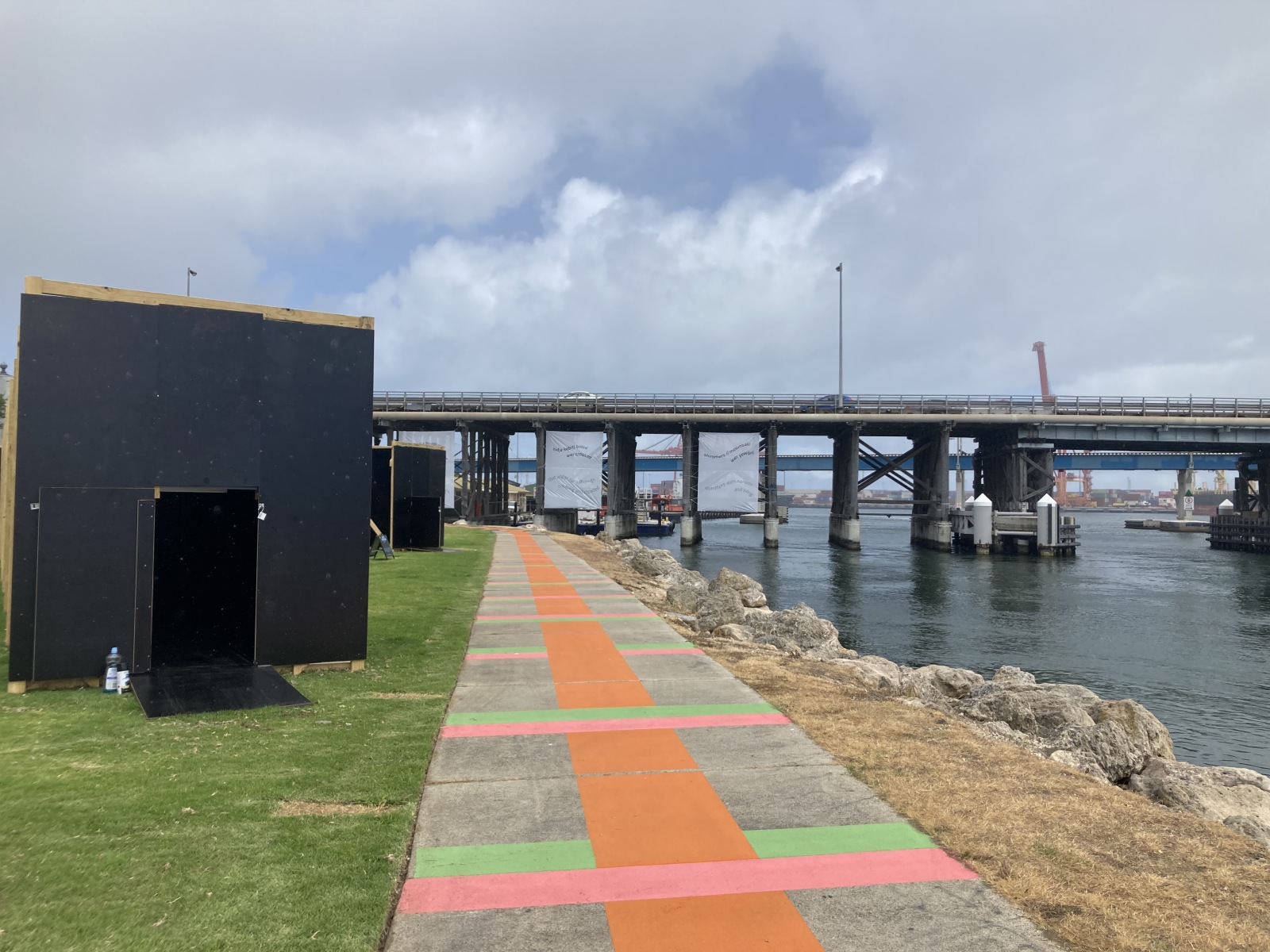
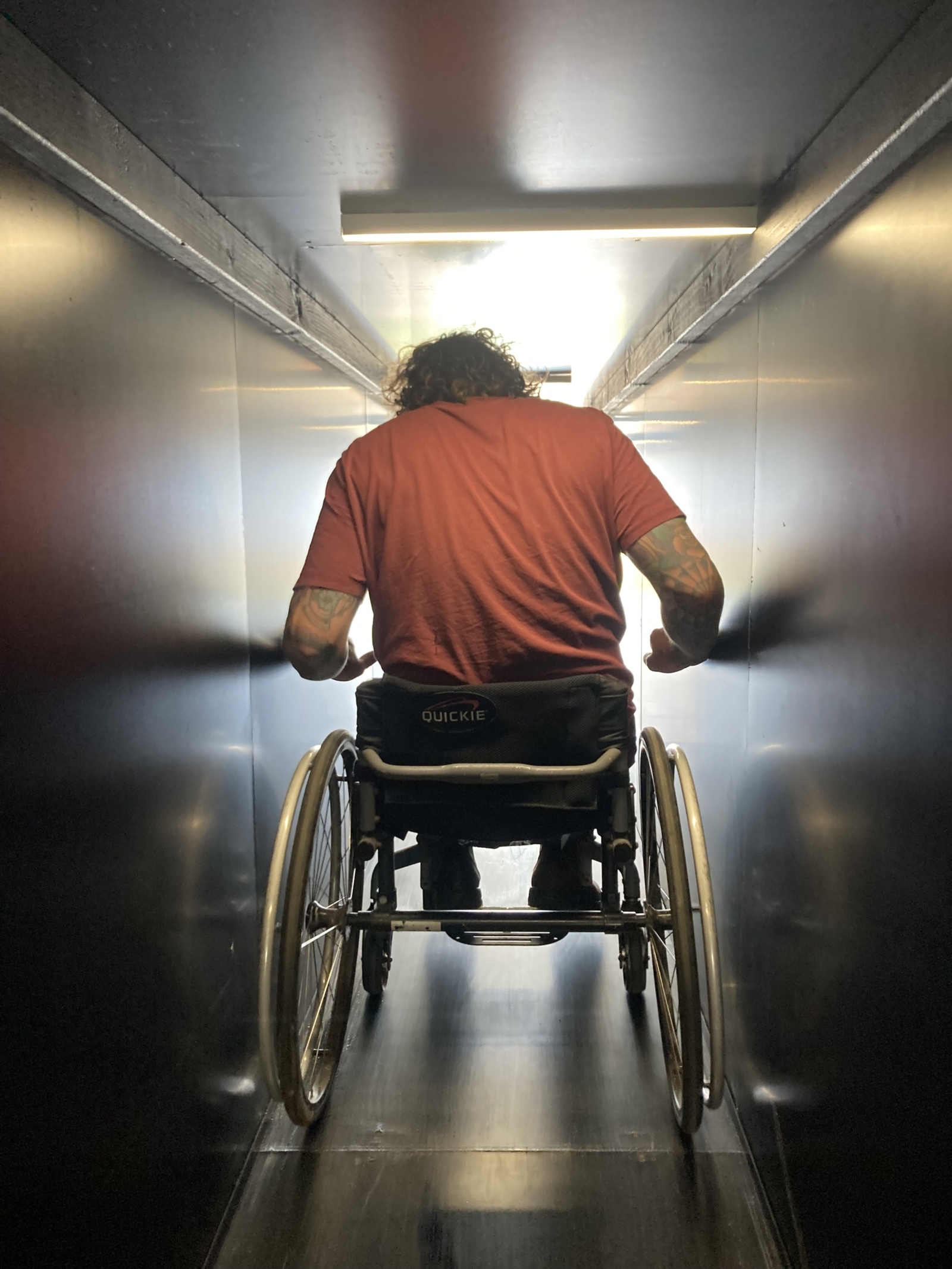
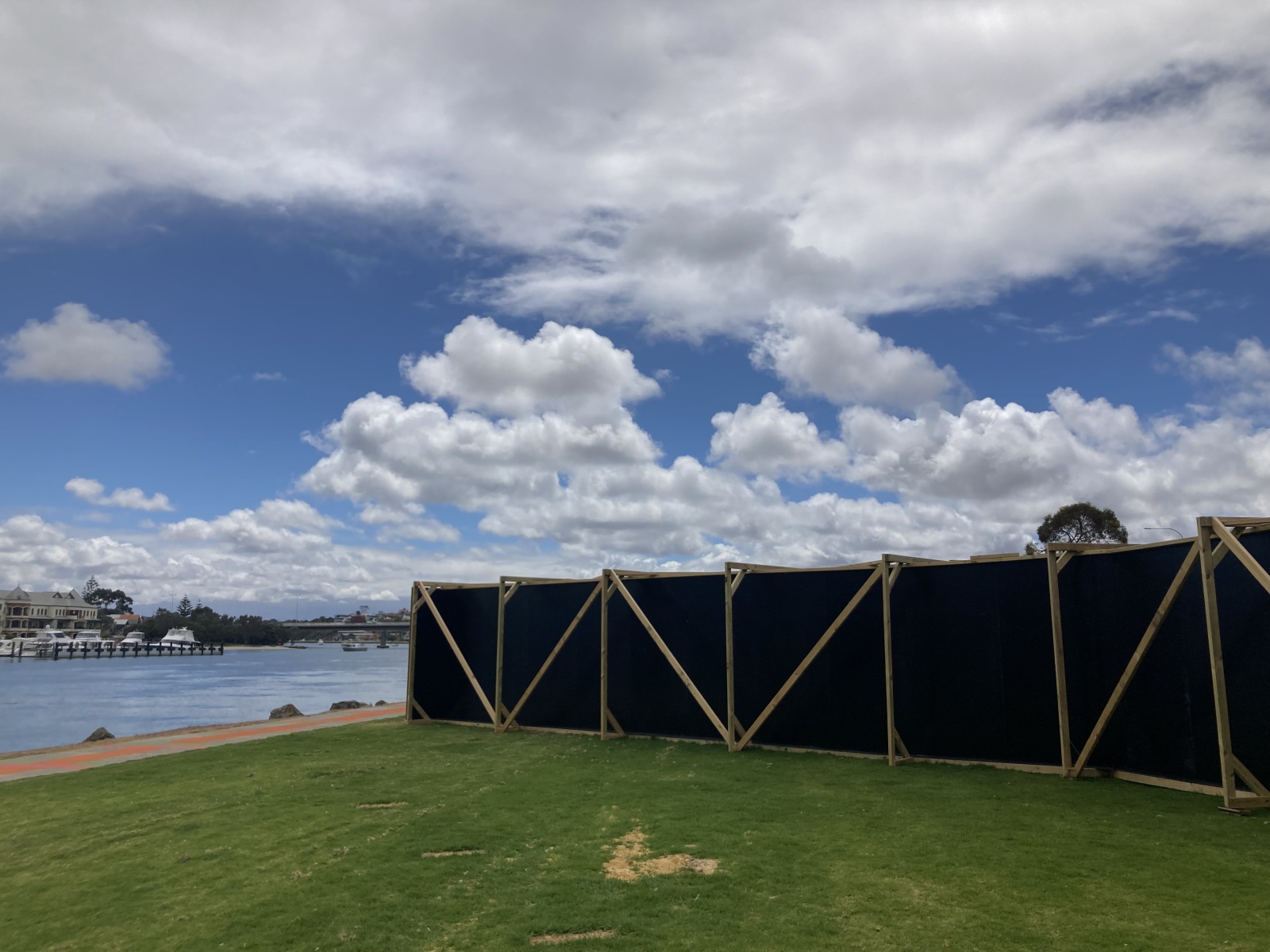
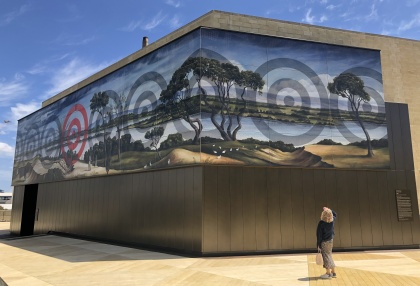
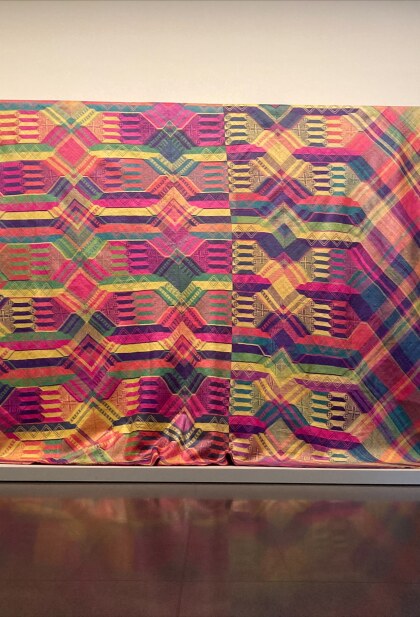
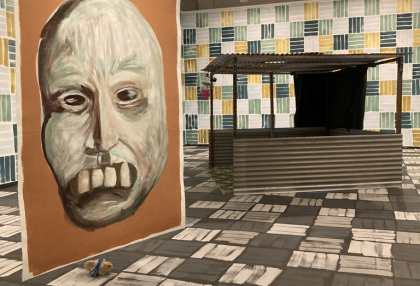
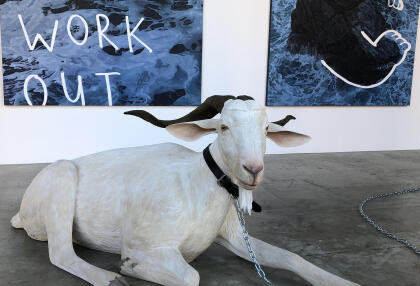
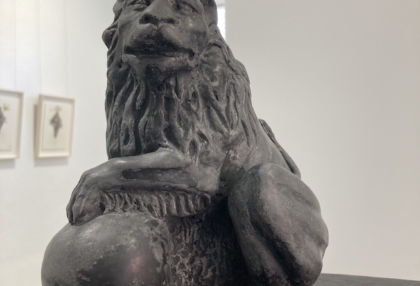
No Comments